Memorial Garden (2005)
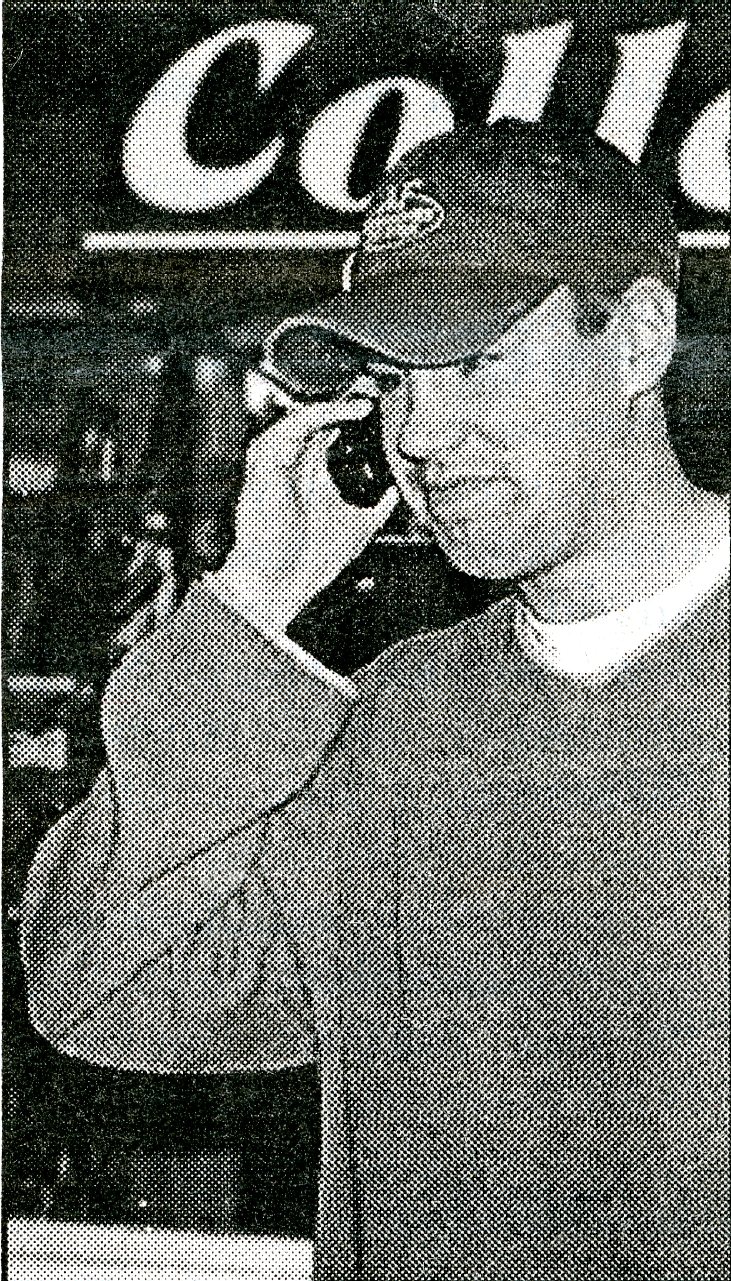
For most of its history, the campus of the University of Northern Iowa has been an attractive, clean, and nicely landscaped place. Principal Gilchrist himself, back in the 1880s, arranged for the planting of elm trees and then organized students to water and tend them. During President Seerley's administration, the school grew to the point at which a grounds crew under the direction of James E. Robinson took care of developing and maintaining the expanding campus. During the 1930s, President Latham undertook what was probably the first campus-wide landscaping plan. Remnants of that plan survive to this day, especially in the area near the Campanile. Presidents Maucker and Kamerick dealt with the ravages of the Dutch Elm Disease: much of the formerly shady campus became hot, dry, and unattractive. President Curris began an extensive campus beautification plan that included the development of attractive group plantings and perennial beds. President Curris's influence on the present condition of the physical campus should not be underestimated. President Koob continued on the course initiated by President Curris. Today's students once again enjoy a pleasant, well-maintained, nicely landscaped campus.
One small area has been especially well-developed in recent years: the Memorial Garden, located just east of the Maucker Union. An informative article in the Northern Iowan states that in the fall of 1999, Student Alumni Ambassadors Michael Russell and Andrea Nechanicky considered what they could do to celebrate the passing of the old millennium and the advent of the new millennium. They initially thought that a time capsule would be the best way to commemorate that event. But their thinking shifted to a living memorial that paid tribute to all students and faculty who helped to shape the university over its history. "We thought the idea of a garden fit the concept perfectly," said Michael Russell, who became chair of the effort to develop a Millennium Garden. The committee believed that a garden could be a good place for both formal and informal gatherings.
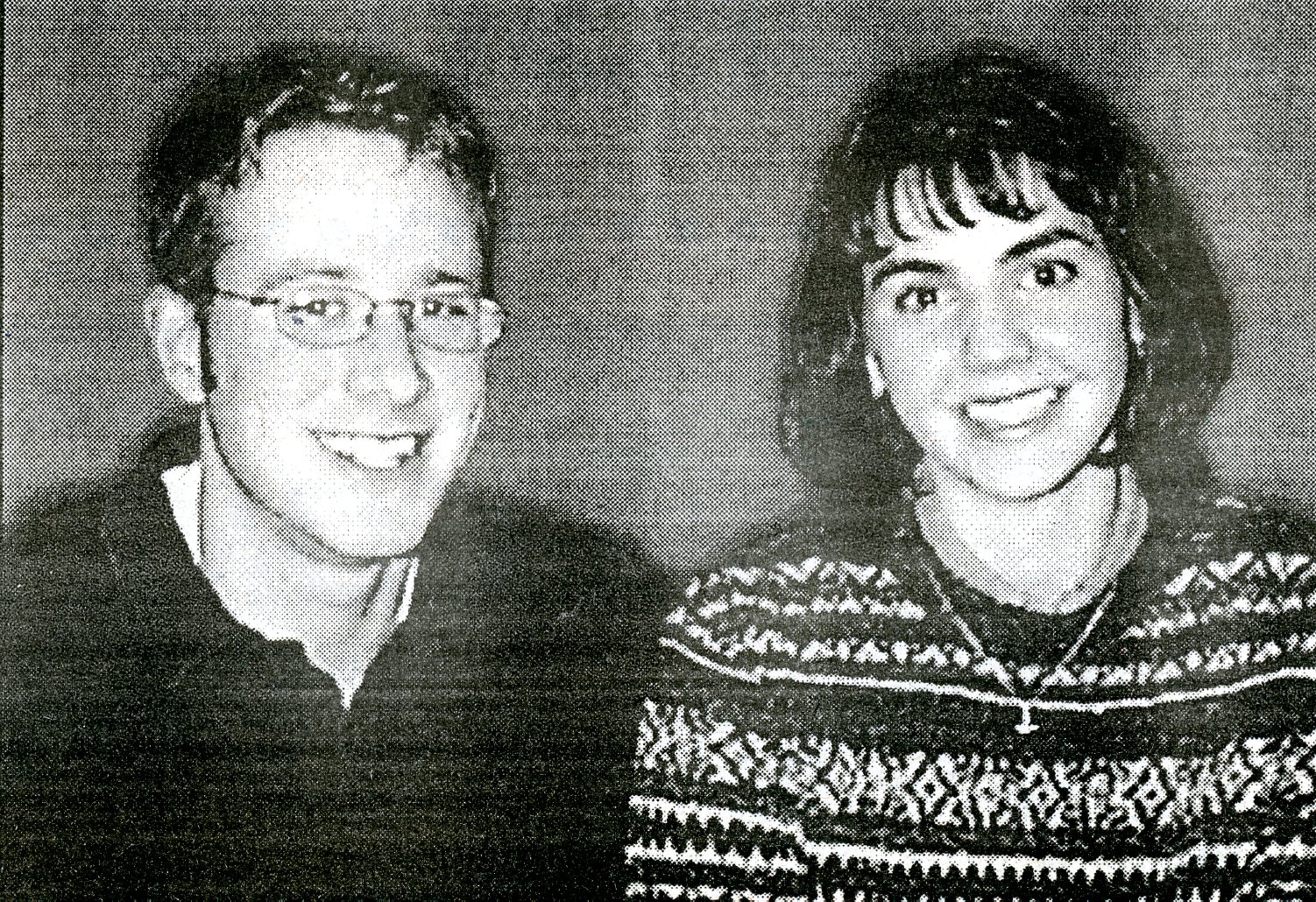
Mr. Russell took the committee's idea through the appropriate administrative channels. The Facilities Planning Advisory Committee approved the concept and passed it on to the President's Cabinet, which also approved it. The initial site for the garden was west of the Campanile. The cost of the project was in the range of $125,000-$250,000, depending on the features that would be included. Money to develop the project would come from fundraising, rather than appropriated funds. The committee hoped to break ground for the project in the spring of 2000.
The Class of 2000 was impressed by the project. They voted to support the garden with their class gift. Nick Arnold, co-chair of the Senior Student Council, stated, "The class voted on a 'gathering space', which might include a gazebo, fountain, benches and landscaping or a combination of any of those items." The Class of 2000 raised over $18,000 to contribute to the Millennium Garden.
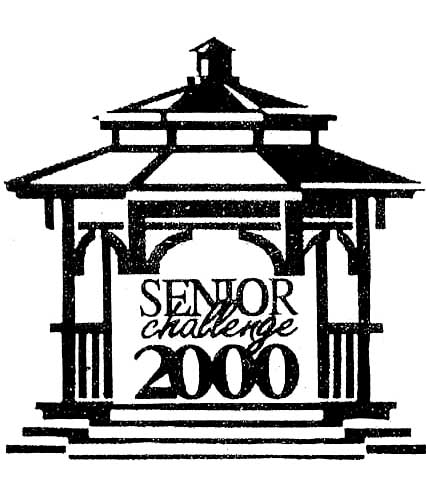
Plans continued to develop over the next few months. The Millennium Garden Committee of the Student Alumni Ambassadors was grateful for the support from the Class of 2000, but they needed substantially more funding for the project, whose cost had risen to $275,000. They hoped for additional contributions from businesses and corporations in Iowa, as well as from private individuals. And they still hoped to get construction underway soon, perhaps in the summer of 2000. The projected site was still just west of the Campanile, occupying about a third of the grassy area between the Campanile and the West Gymnasium. The garden would include three limestone columns at the east end of the site, near the Campanile. There would be trellises, twenty flowerbeds, ten limestone benches, and a flagstone walkway. In addition, the committee was thinking of adding a time capsule, a sundial, a lighting system, and a dedicatory plaque.
There was a significant change in the project in the summer of 2000. In an article in the Northern Iowan, Northern Iowa Student Government Vice President Michael Russell said that student leaders had talked about the project and had decided to change the name of the project from the Millennium Garden to the Memorial Garden. The exact subject of the memorial was still under discussion, but Vice President for Educational and Student Services Sue Follon, who died in 1998, was a possibility. The cost of the project had risen to $300,000, and the committee was struggling to find ways to raise money. Ideas included corporate sponsorships, faculty checkoffs, and inscribed brick pavers. The brick paver program would allow donors to have a name inscribed on a brick to be placed in the garden. However, a daunting 10,000 bricks would need to be sold to fund the project. In September 2001 the Northern Iowa Student Government allocated $2500 for a bench to be located in the Memorial Garden.
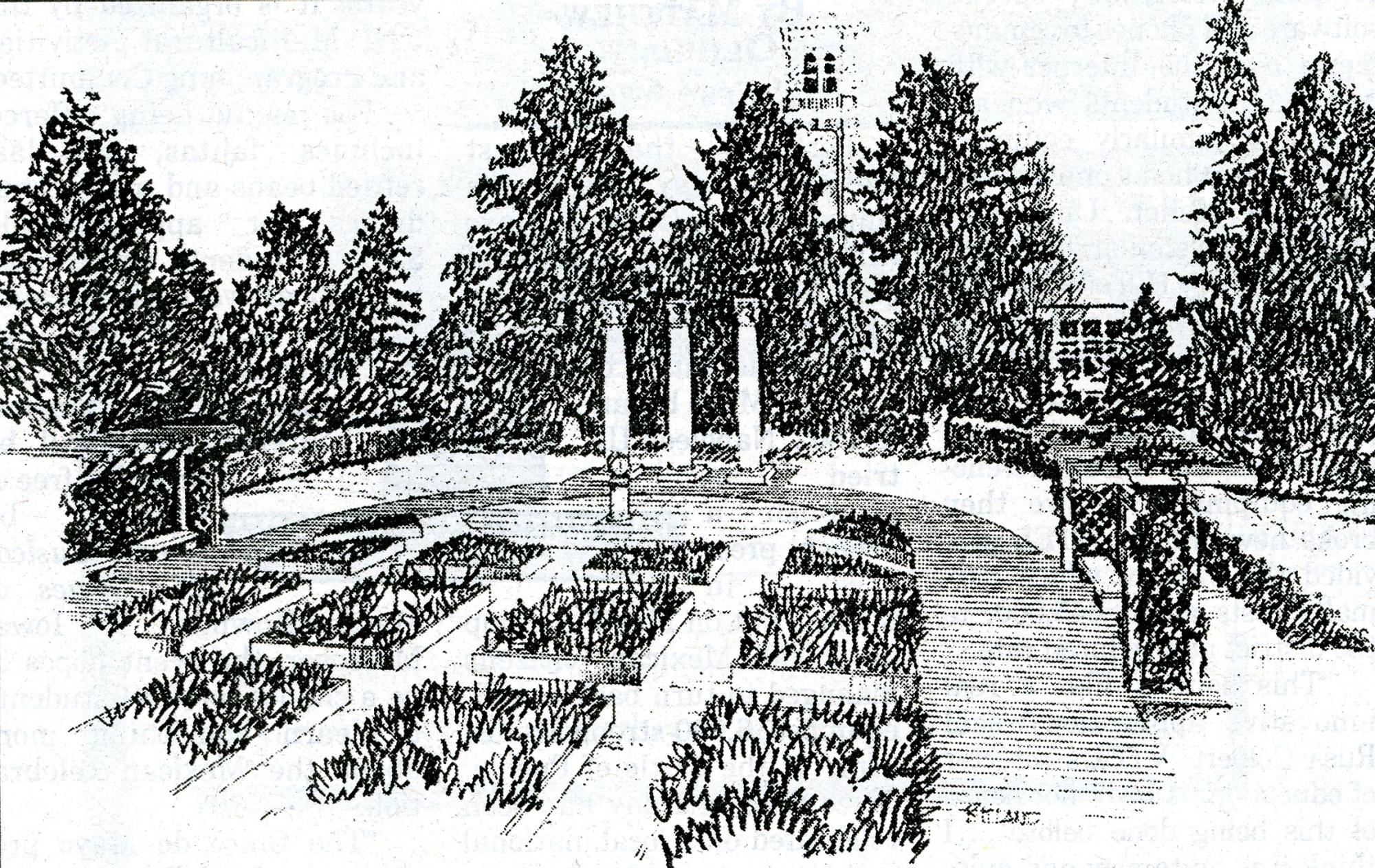
But the project was slow to accumulate enough funding for construction to begin. By October 2002 the project had been scaled back and moved to another location. It would now cost approximately $100,000 and be located just east of the Maucker Union. Construction would begin as part of the landscaping for the new Center for Multicultural Education on the east side of the Maucker Union.
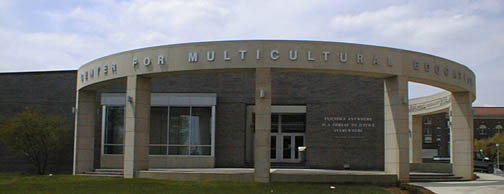
Supporters of the new site believed that the area around the Union was more central to student activities. They believed that it would be a good place for people to relax, at least during nice weather. The UNI Foundation also took a more active role in fundraising by bringing the project to the attention of alumni. Development assistant Laura Lundahl looked forward to a time when people could enjoy the garden on their own, or even schedule the area for a wedding or a small concert.
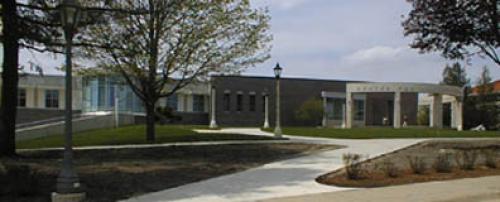
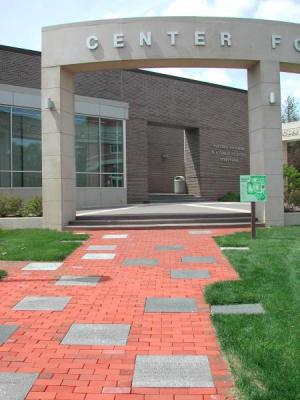
The Classes of 2001, 2002, and 2004 followed the lead of the Class of 2000 with their class gifts: all of these classes donated funds for specific features in the Memorial Garden. By April 2004 there was about $85,000 available for the project, but an additional $35,000 was needed to get the work underway. The Foundation was still making inscribed bricks and naming opportunities available to students, students' parents, alumni, and just about anyone else who might be interested.
Supporters of the project hoped that construction could get underway in the spring of 2005. The Class of 2005 continued the trend of donating its class gift to the Memorial Garden.
Work on the project began in the summer of 2005. In his welcome to students in the first fall 2005 issue of the Northern Iowan, President Koob directed attention to the work in progress in the new garden. Perhaps the Class of 2006 took President Koob's advice. For their class gift they chose a sculpture for the Memorial Garden. The sculpture would be a slightly larger than life-sized panther, the school's mascot. Senior studio arts major Henry "Duke" Oursler made a model of the panther in clay and styrofoam.
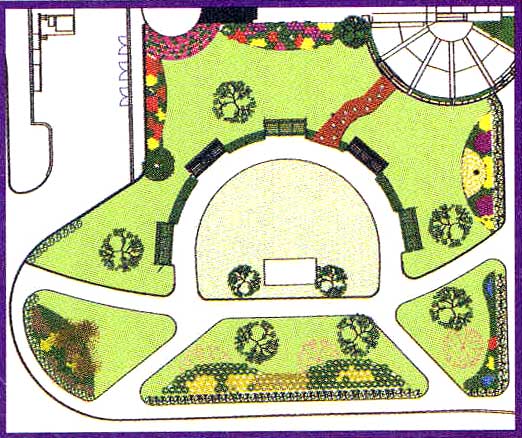
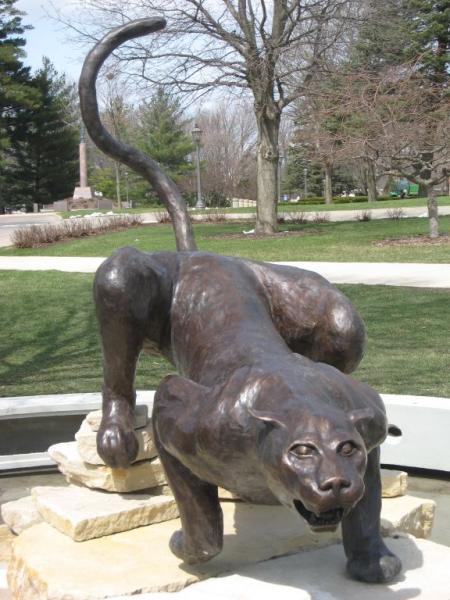
The model then went to Illinois Art Casting, in Ogden, Illinois, for casting. The sculpture would be mounted above a small pool. The pool had been the idea of Paul Meyermann, Assistant Director of Operations Planning in the Physical Plant. The pool, partially funded by the gift of the Class of 1993, would be filled with water recycled from the university's air conditioning system. Mr. Meyermann worked with Marc Moulton, of the Department of Art, to mount Mr. Oursler's sculpture in the Memorial Garden.
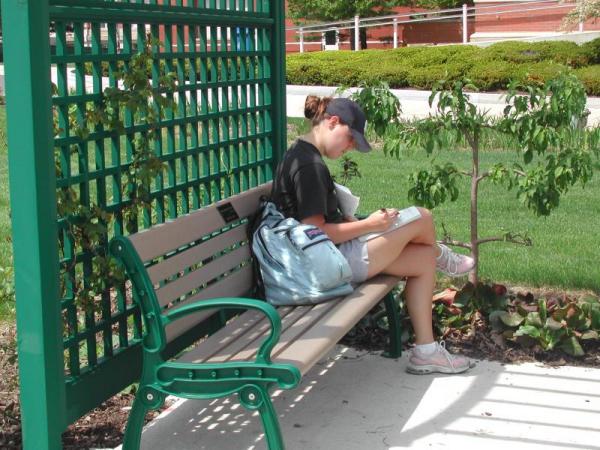
As the shrubs and other plants have grown in recent years, the Memorial Garden has proved to be a pleasant place for study, relaxation, and an occasional small party.
Compiled by University Archivist Gerald L. Peterson; some images furnished by the UNI Foundation; scanning by Library Assistant David Glime; November-December 2009; last updated November 10, 2011 (GP).
